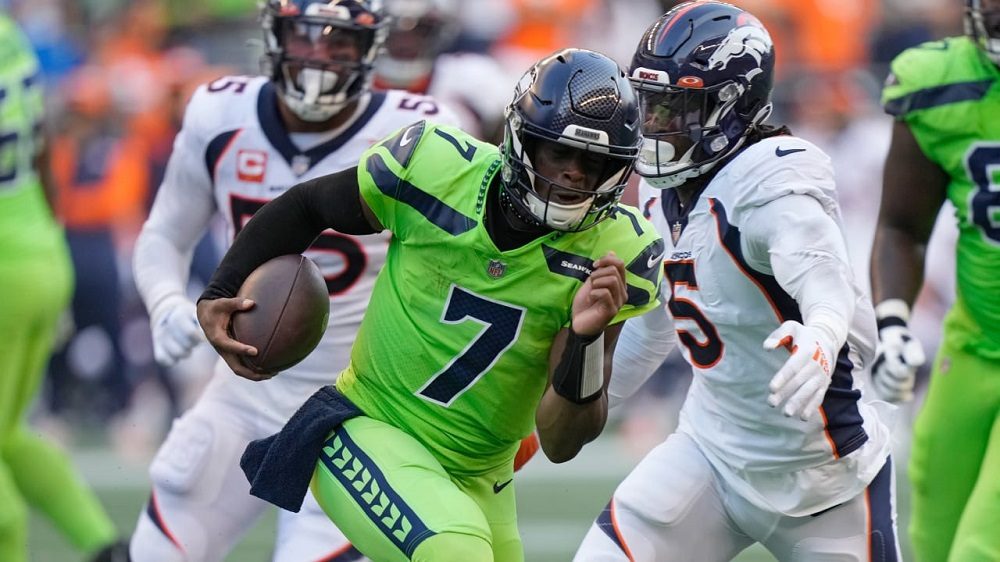
How NFL Health And Medical Teams Work

NFL games are difficult to understand. A 60-minute chess match between two head coaches and their staffs is played every Sunday. Each maneuver is executed by a total of 106 players with astounding athletic prowess, great power, and superhuman speed and agility.
Medical experts like Dr. Matthew Matava, chief team physician for the Rams, professor of orthopedic surgery and sports medicine at Washington University in St. Louis, and president of the NFL Physicians Society (NFLPS), are monitoring and prepared to take action. Football injuries, for better or worse, are a part of the game since it is an inherently risky sport.
Recent events
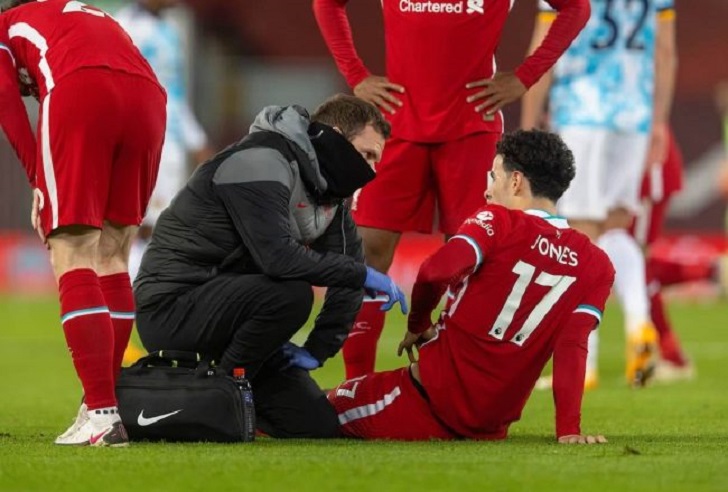
Chris Morgan/ Physio network | The NFL requires all teams to have an emergency action plan
Help arrived in less than 10 seconds to provide CPR when Buffalo Bills player Damar Hamlina passed out earlier this month due to a heart attack. It wasn’t a fluke or an act of luck. Instead, it is the outcome of meticulous preparation, meticulous practice, and meticulous choreography by the medical staff present at every NFL game.
There are 30 medical personnel in attendance at each game, including orthopedic and trauma specialists, athletic trainers, paramedics, and dentists. Sills gave CNN a rare behind-the-scenes glimpse at the league’s medical staff during Saturday’s playoff game between the Los Angeles Chargers and the Jacksonville Jaguars.
Pregame Care
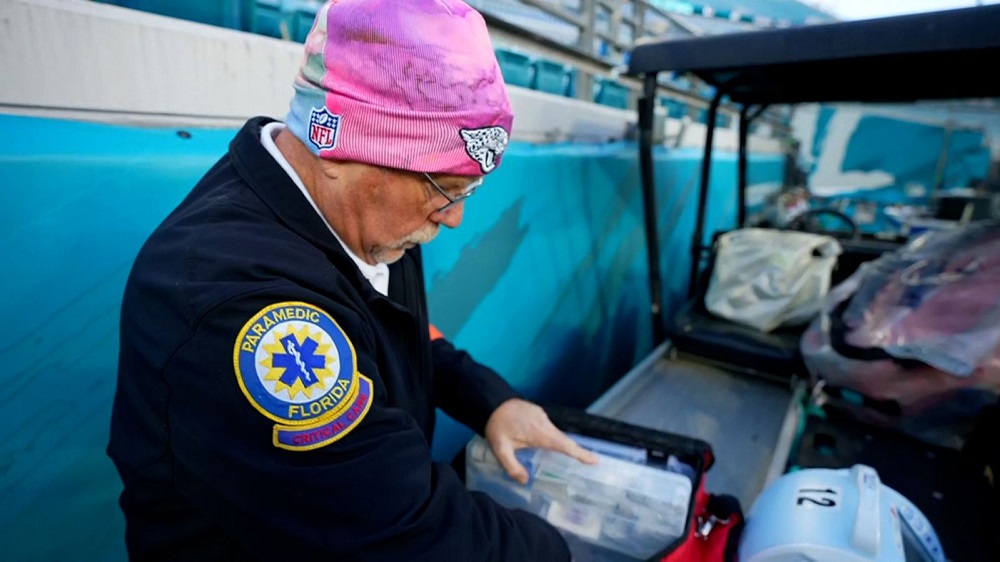
Archy/ Getty Sports | An NFL game is a complicated beast
Matava claims that medical care starts well before the game even starts. He usually gets to Edward Jones Dome for an early game around 9:30 a.m. ET and starts working.
They assess any players who might be questionable for the game during pregame. The team may put certain players out on the field early to stretch them out, run them through various maneuvers they would do at their position, and then determine whether or not they are ready to play that game, as they have up to an hour and a half before kickoff to list their lineup.
The chief physician for each team must make an introduction to the head referee under a new NFL rule. Thanks to this, they will know who to approach on each sideline to tell what they witnessed in the event of a serious injury or brain damage. Last-minute taping or bracing is done in the last phases, and any questions athletes or trainers may have regarding a specific injury or condition are answered. By then, it is easier to understand the non-scientific terms “probable,” “questionable,” or “doubtful.”
Detect injuries
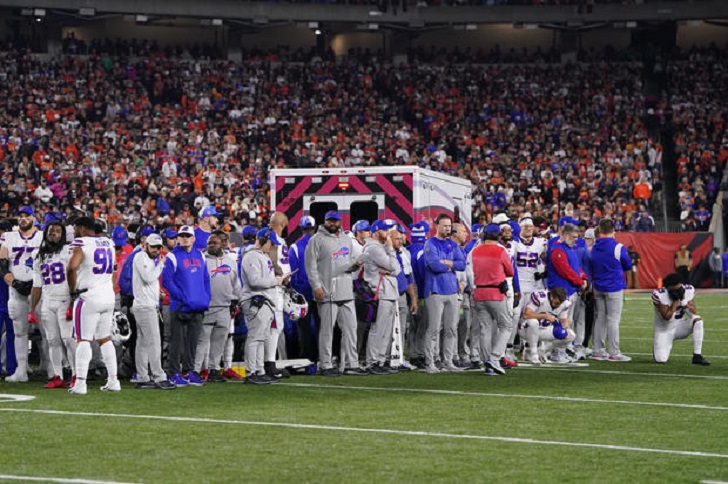
DYLAN BUELL/ GETTY IMAGES | The NFL requires players to wear thigh and knee pads during games to better protect them from leg injuries
In football, it’s important to think ahead as well as react in the moment. The same is true for medical personnel.
On its medical staff, the NFL has qualified track and field trainers who act as observers. They watch the game in real-time and again on replay, sometimes over and over again, to instantly notice any injuries or analyze any that might have been overlooked. They are dispersed throughout the stadium, including a booth that watches the entire stadium. They have roughly 30 different field views at their disposal.
They watch each play at least four times before watching it again to make sure they didn’t miss anything. Each game’s field observers have unique perspectives on the plays and the possibility of injuries that might be taking place.
The sideline medical staff can interact directly with the observers, seated in a stadium booth on the field, and point out plays and potential injuries. Additionally, they have a single channel of contact with the officials and the power to halt play and request a medical timeout.
More in NFL
-
`
Flamboyant Formula One Boss Eddie Jordan Dies Aged 76
Eddie Jordan, the outspoken, wild-hearted Formula One team boss, has died at 76. Known for his sharp wit, bright shirts, and...
April 4, 2025 -
`
Top 5 NBA Trades That Could Create New Title Contenders
The NBA landscape is always buzzing with excitement, and the upcoming season is no different. While the Boston Celtics currently dominate...
April 4, 2025 -
`
Master the Art of Defense With These 5 Essential Boxing Guards
Boxing is a sport that combines raw power, strategic acumen, and graceful agility. Often referred to as the “Sweet Science,” it...
March 25, 2025 -
`
LeBron James, 40, Adds Yet Another Record to His Legendary NBA Career
If it is another night for the GOAT, it is surely another milestone for LeBron James. At 40 years old, he...
March 21, 2025 -
`
The Most Spectacular Goals in Premier League History
The Premier League, widely regarded as one of the world’s most competitive and prestigious football leagues, has witnessed some truly iconic...
March 20, 2025 -
`
Best Wide Receivers in the History of Houston Texans
Since Texans’ debut in 2002, the team has worked hard on the field to get some serious firepower and introduced four...
March 15, 2025 -
`
Ferrari Sets Eyes on F1 Title With New 2025 Car
Ferrari has pulled the covers off their 2025 F1 challenger, the SF-25, and it is nothing short of breathtaking. The unveiling...
February 28, 2025 -
`
LeBron James Opens Up About the Latest Lakers & Hornets Trade
LeBron James didn’t hold back when asked about the Lakers’ latest trade. The team made a bold move, sending rookie Dalton...
February 21, 2025 -
`
Israel Adesanya Predicts a Resurgence of the Golden Era of African MMA
Israel Adesanya believes Africa is on the verge of taking over the world of mixed martial arts. The former UFC middleweight...
February 13, 2025

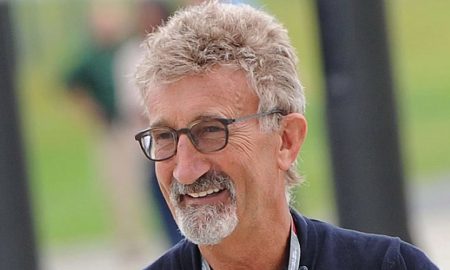
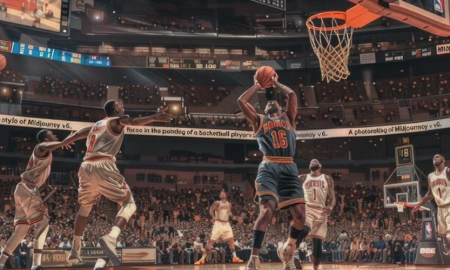
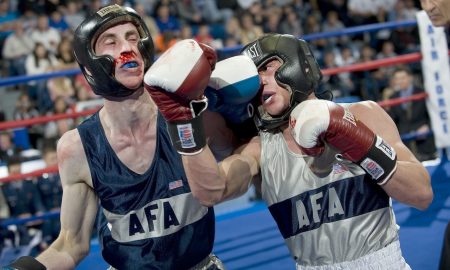
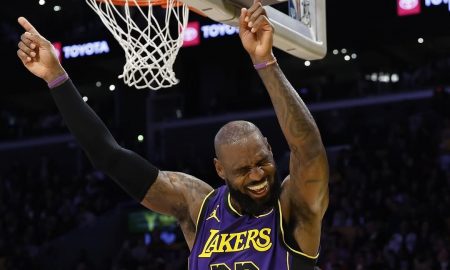
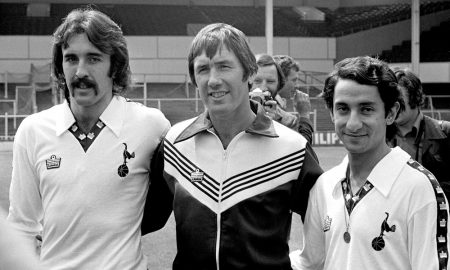
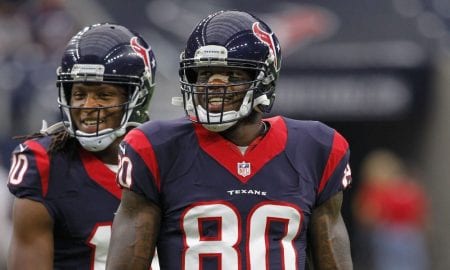
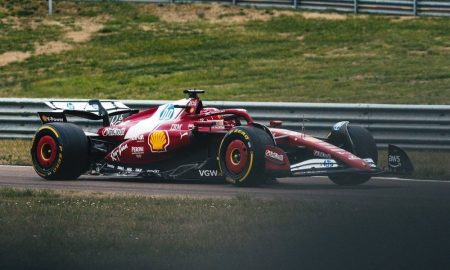

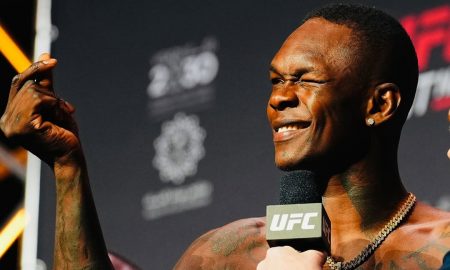
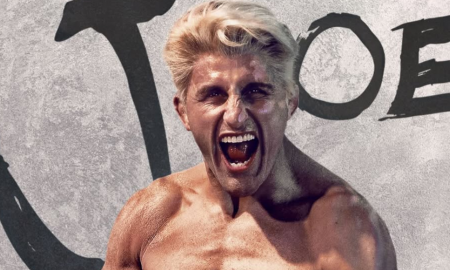
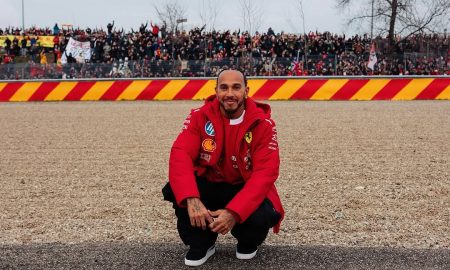
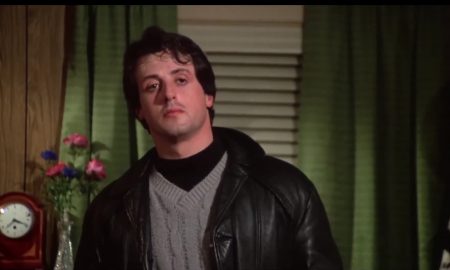
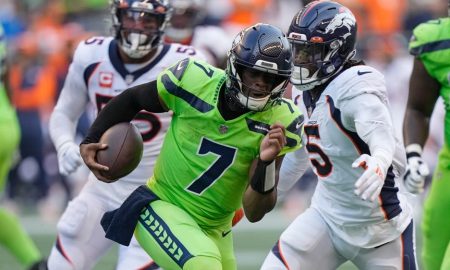

You must be logged in to post a comment Login